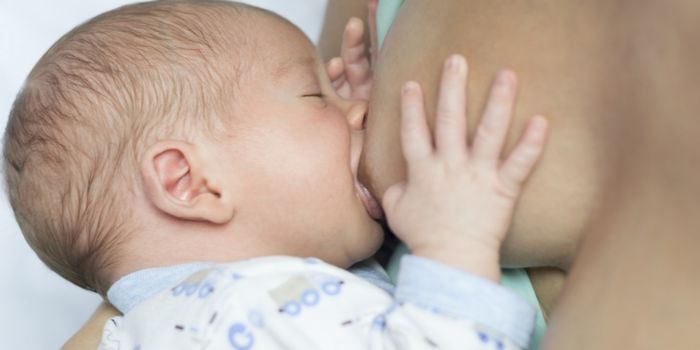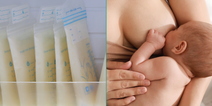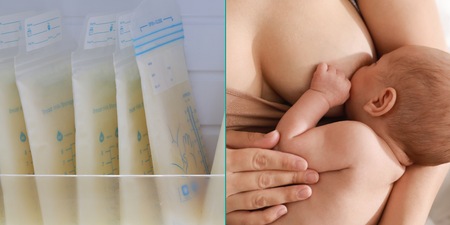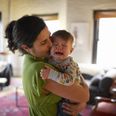According to a lengthy report in the medical journal Lancet, if almost every mother breastfed her child as many as 800,000 child deaths worldwide could be prevented every year.
As well as this, the authors argue, if we saw an increase in breastfeeding to near universal levels, as many as 22,000 annual deaths from breast cancer could be prevented every year – and, get this, improve the environment and the world economy as a whole. As in; apparently not breastfeeding is creating a massive financial burden – costing billions globally in lost earnings.
“The benefits of breastfeeding have been widely publicised yet … it’s clear that efforts are still falling far too short and the grave reality is that this is costing children’s lives,” Professor Russell Viner of the Royal College of Paediatrics and Child Health said in response to the report.
children who are breastfed for longer tend to have higher IQs, lower death rates and less risk of infection than those who are breastfed for shorter periods or not at all, but breastfeeding may also, in fact, help protect your child for life, lowering their risk of developing diabetes and obesity.
And the benefits doesn’t stop there. For mothers, breastfeeding is also thought to protect against breast cancer and may also help reduce the risk of ovarian cancer and type 2 diabetes.
The problem? Despite these proven benefits, not enough women breastfeed – and, of those who do, only a small proportion continue to do so for as long as the WHO recommends it.
According to the Guardian reporting on the Lancet study, while global data shows that nearly 80 percent of newborns receive breast milk, the rates of exclusive breastfeeding are still far below the WHO target of half of all children under six months by 2025 – something the researchers put down to – among other things – poor government policies, lack of community support and an aggressive formula milk industry.
Interestingly, women in poorer countries tend to breastfeed for longer than those in higher-income countries – and stats proved that as income increases, the trend is away from breastfeeding towards substitute milk instead.
“In the west, when GDP per capita doubles, breastfeeding rates in children at 12 months drop by 10 percentage points,” WHO’s Dr Nigel Rollins, who co-authored the series, explains. ““Not breastfeeding is seen as the modern and sophisticated thing to do – it seems convenient, it allows women to get back to work, it’s all the things you want to ‘achieve’. We’ve seen this trajectory with developed countries and don’t want it to play out a second time in low- and middle-income countries.”
The billion dollar formula industry is to blame too, with their aggressive marketing, free samples policies and clever marketing – and their deep pockets mean they can surpass governments’ spend on breastfeeding awareness in a heartbeat.
However, while this worries Rollins and his colleagues, what we should not do, according to the expert, is put the blame of low breastfeeding rates solely on mothers.
“The success or failure of breastfeeding should not be seen solely as the responsibility of the woman,” Rollins points out. “Her ability to breastfeed is very much shaped by the support and the environment in which she lives. There is a broader responsibility of governments and society to support women through policies and programmes in the community.”
Governments, Rollins thinks, play a huge part in raising breastfeeding rates by raising awareness, improving maternity laws, and establishing nursing breaks and places to breastfeed in the workplace.
“Women who face stigma tend to stop breastfeeding earlier.”


















































